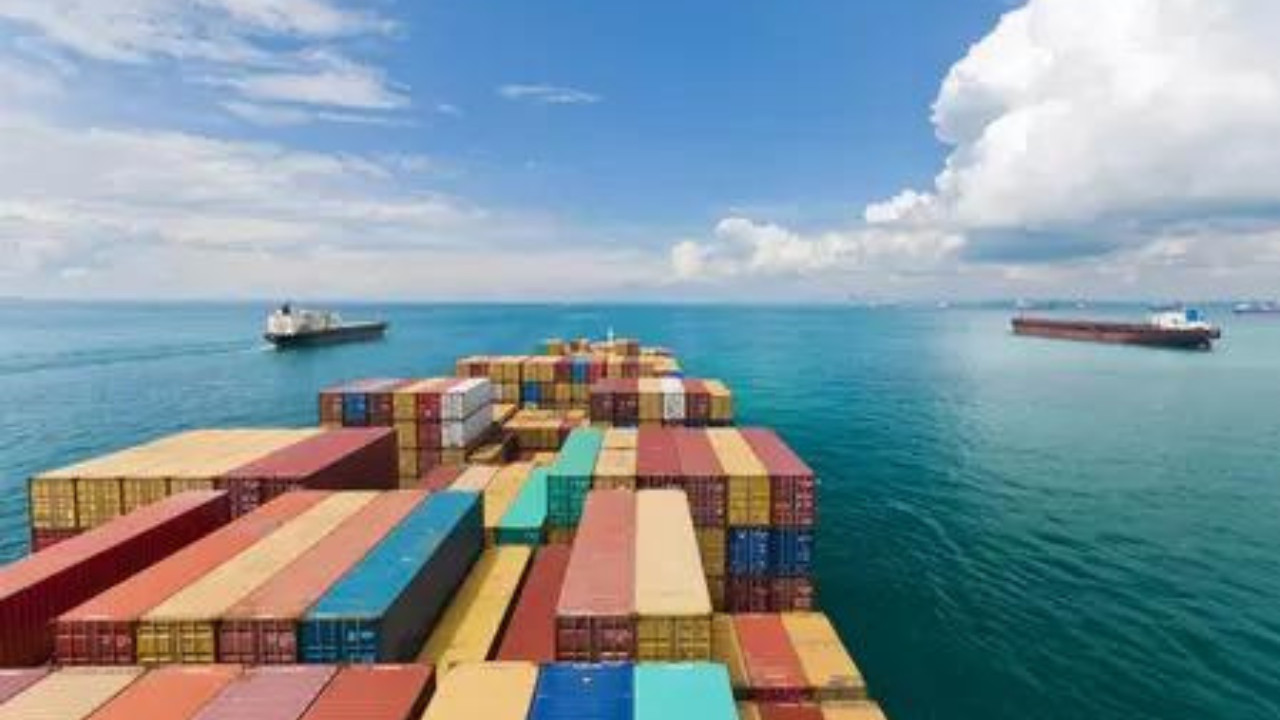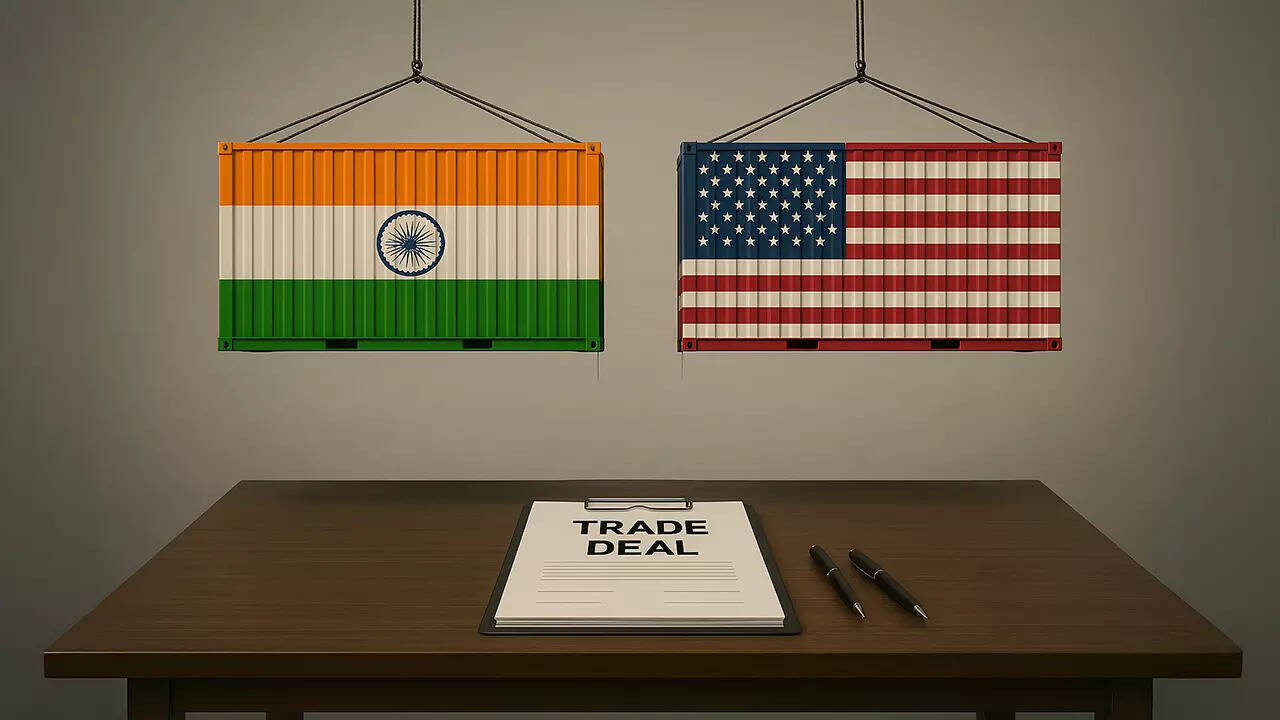India’s merchandise exports experienced a rise of 6.7% to $35.1 billion in August, while imports saw a decline of 10.12% to $61.59 billion. This resulted in a narrowed trade deficit of $26.49 billion compared to the previous year. Cumulative exports for April–August 2025-26 reached $184.13 billion, with imports totaling $306.52 billion.
India’s Trade Winds: A Fresh Breeze in August
The economic climate is always shifting, and keeping a close watch on the trade winds is crucial for understanding India’s position in the global market. August brought a mix of sunshine and strategic maneuvering, offering a narrative far more nuanced than simple numbers might suggest. Let’s dive into the details and unpack what these trends really mean.
Exports Surge, Painting a Positive Picture
The headline figure certainly catches the eye: India’s exports climbed by a healthy 6.7% in August, reaching a commendable $35.1 billion. This uptick signals that Indian businesses are holding their own, successfully navigating a complex international landscape. Sectors like engineering goods, petroleum products, and electronics played a pivotal role, showcasing India’s diversifying export basket. This isn’t just about one sector performing well; it’s about the overall resilience and adaptability of Indian industries. The India trade environment is demonstrably dynamic.

Imports Retrench, Narrowing the Gap
While export growth is always welcome, the real story in August might be the significant 10% drop in imports. This contraction points to a potentially savvy approach to managing resources and strengthening domestic production. Lower imports of items such as petroleum, crude oil, and electronic goods contributed significantly to this decline. This could reflect a conscious effort to reduce reliance on foreign sources and promote self-sufficiency, a key tenet of various ‘Make in India’ initiatives.
The Shrinking Trade Deficit: A Reason for Optimism
The combined effect of rising exports and declining imports led to a notable narrowing of the trade deficit. This is good news, indicating improved financial stability and a better balance in India’s international trade. A smaller deficit eases pressure on the rupee and makes the economy less vulnerable to external shocks. It’s a sign that India is selling more relative to what it buys, leading to a healthier economic outlook. Interested in strategies to further boost exports? Check out this article on [government incentives for exporters](internal-link-to-related-content).
Analyzing the Underlying Trends in India Trade
Beyond the raw numbers, it’s crucial to delve into the driving forces behind these shifts. Global economic headwinds, fluctuating commodity prices, and geopolitical tensions all play a part. Domestically, government policies, infrastructure development, and technological advancements are shaping India’s trade performance. Understanding these factors is vital for predicting future trends and formulating effective strategies. The rise of sectors like electronics highlights India’s growing technological capabilities, opening up new avenues for exports and innovation.
Challenges and Opportunities Ahead
While the August figures offer a positive snapshot, India’s trade journey is far from over. Maintaining export momentum in the face of global uncertainty requires continuous effort and innovation. Diversifying export markets, enhancing product competitiveness, and addressing logistical bottlenecks are crucial priorities. At the same time, India needs to remain vigilant about import dependence and focus on strengthening domestic industries. The long game in India trade involves strategic investments and proactive policies.
Navigating the Future of Indian Trade
The August trade data presents a compelling narrative of resilience and strategic adjustment. While challenges remain, the combination of export growth, import contraction, and a shrinking trade deficit provides a solid foundation for future success. By focusing on innovation, diversification, and domestic strengthening, India can solidify its position as a key player in the global trade arena. These positive trends pave the way for sustainable economic growth and increased prosperity for all.







